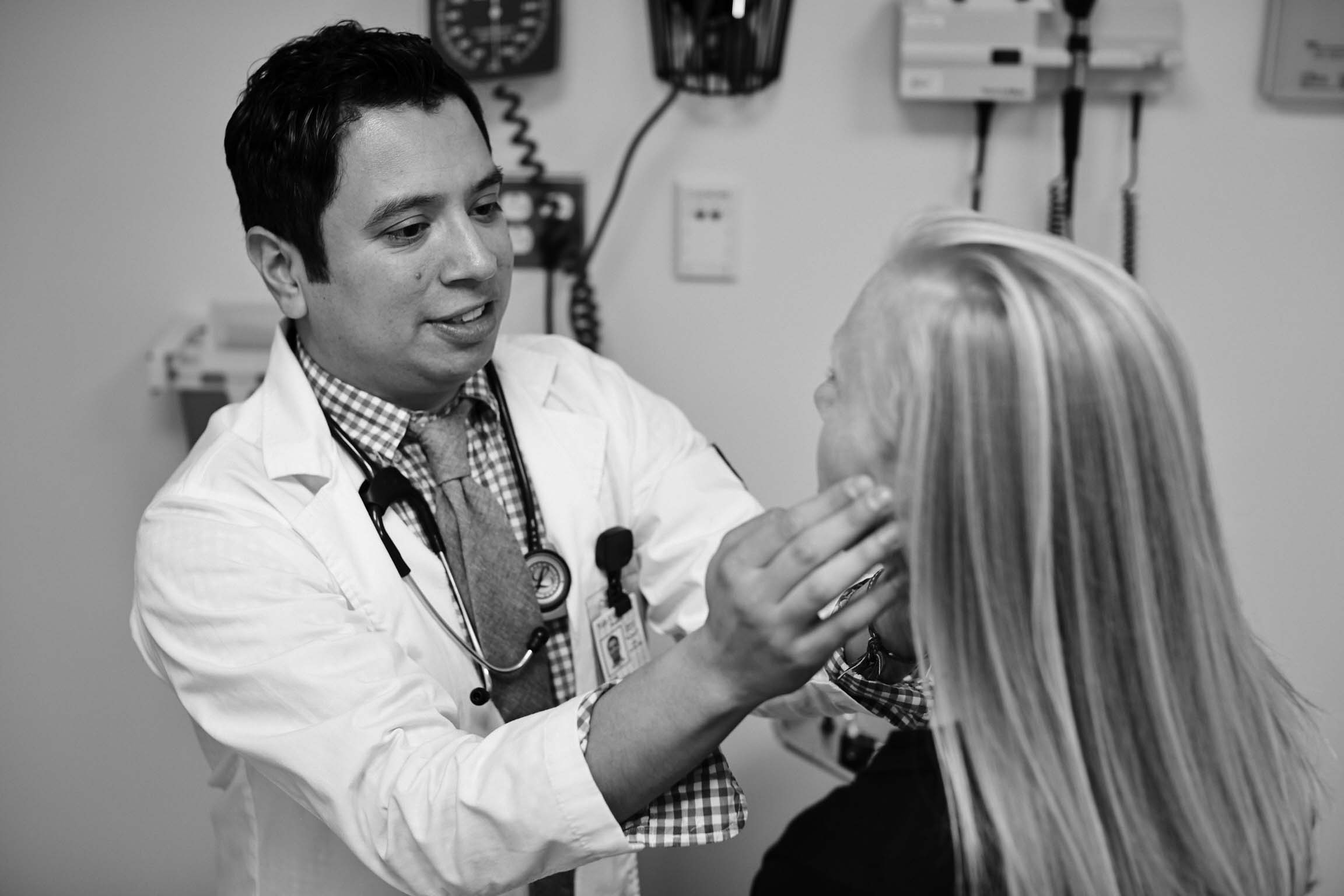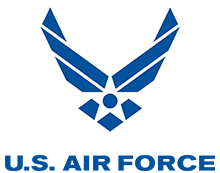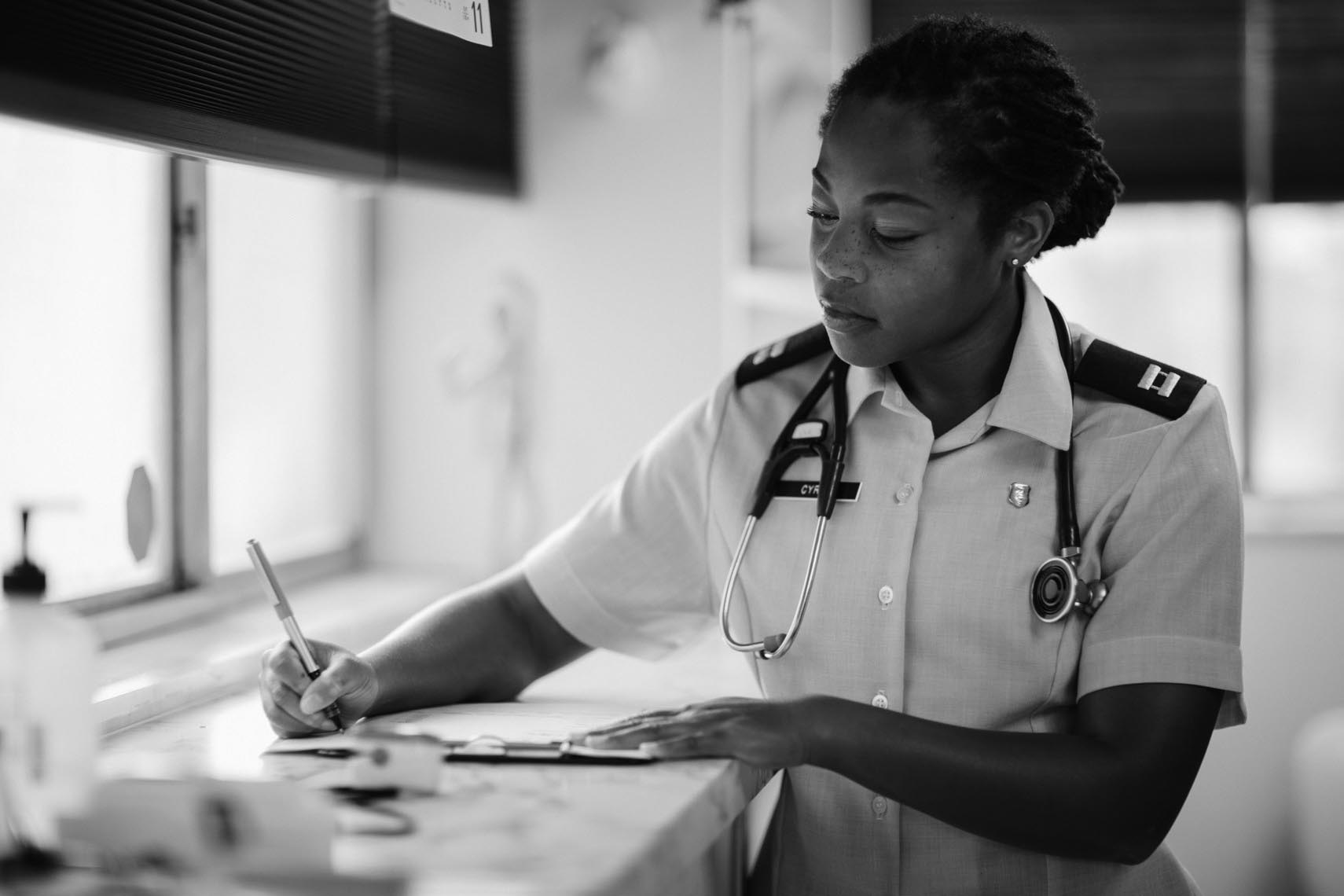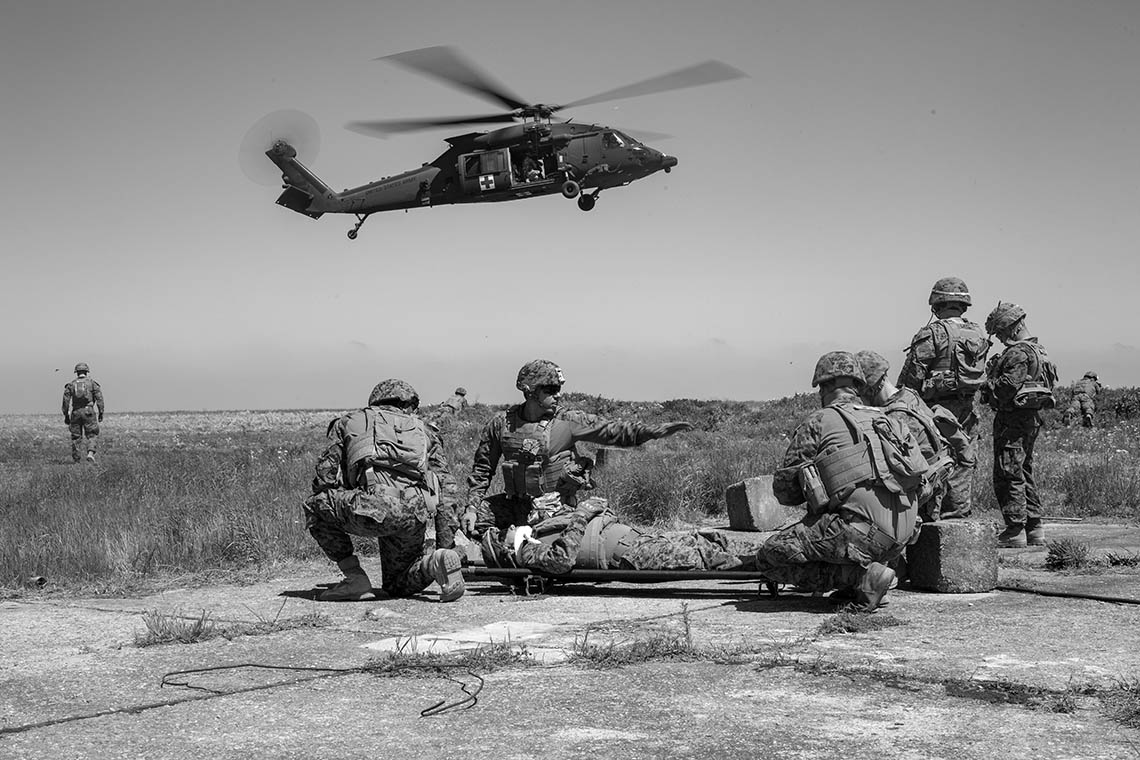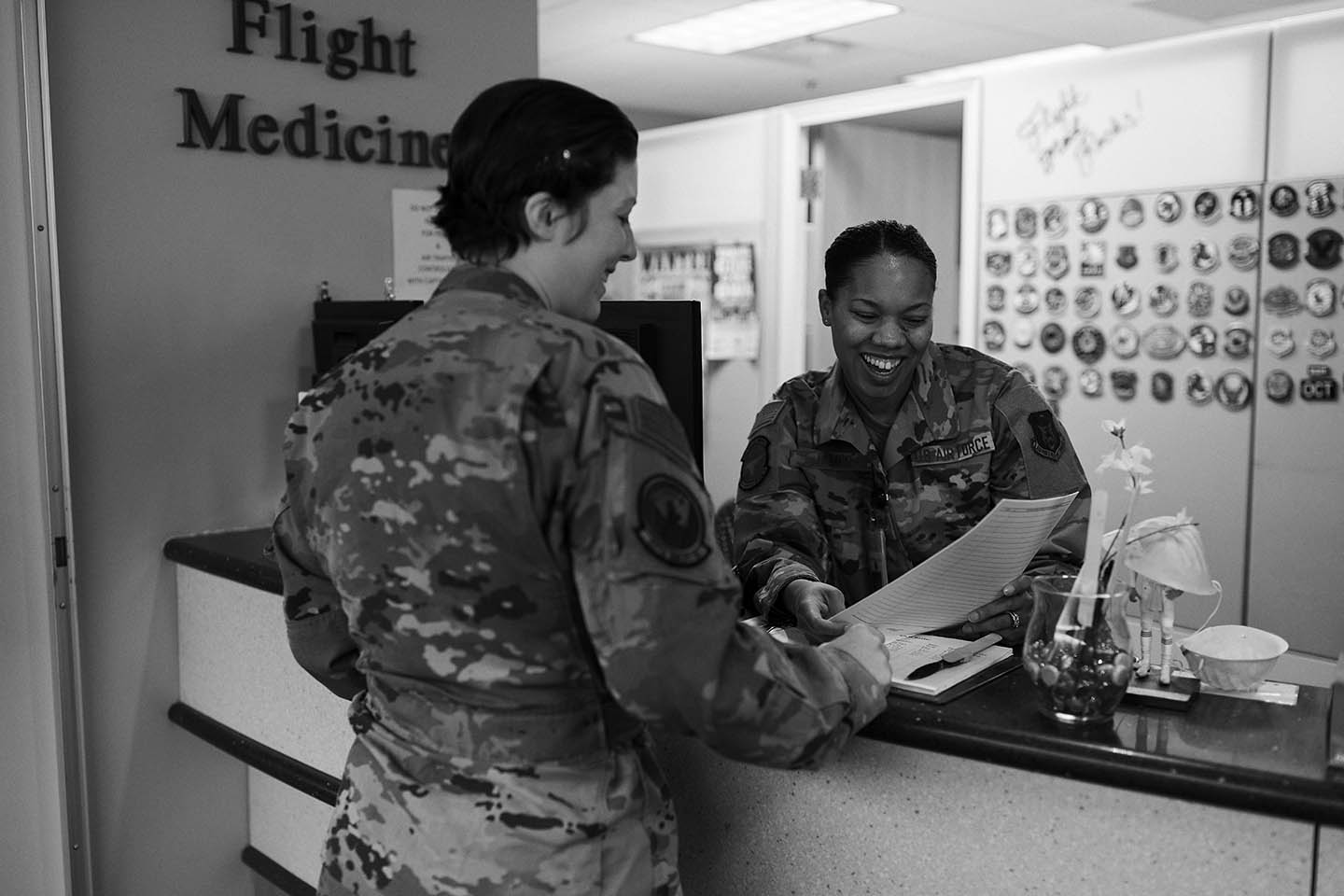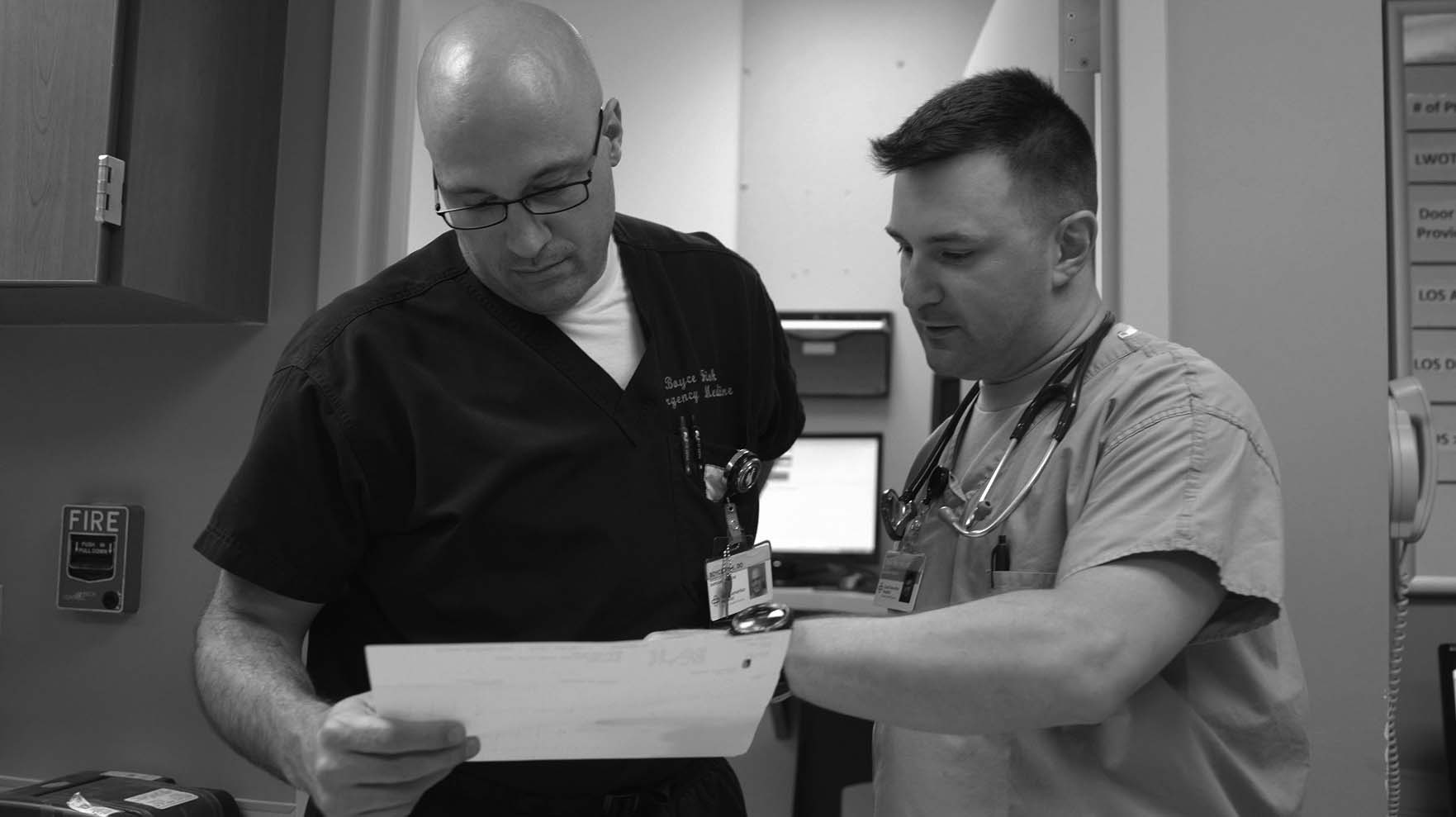- FAQs
- |
Attending Medical School
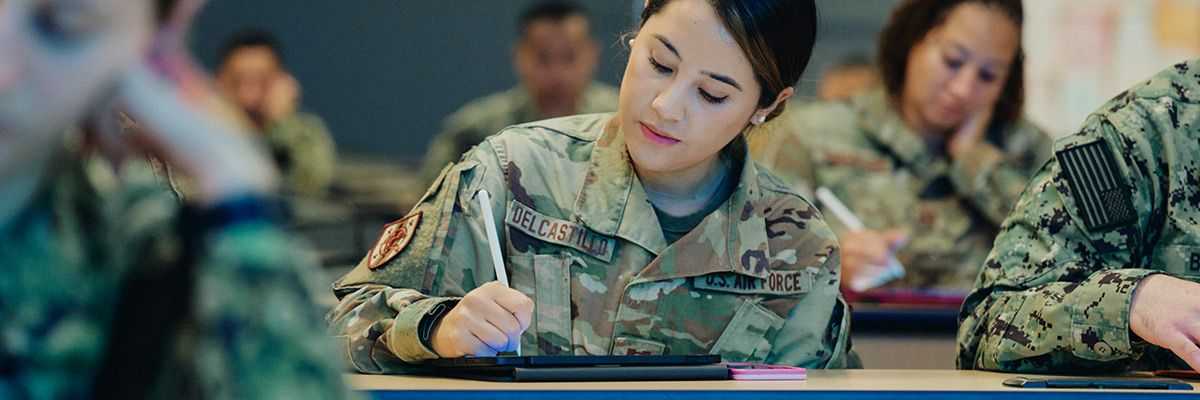
If you are in the Health Professions Scholarship Program (HPSP) or the Uniformed Services University of the Health Sciences (USU) or if you are receiving a stipend for Reserve or Guard service, you will focus on your medical studies and receive training that will serve you well no matter what career path you take.
Medical School Curriculum + Timeline
Ultimately, to be successful, medical students must hit the ground running. Be prepared by familiarizing yourself with this year-by-year overview of the Health Professions Scholarship Program (HPSP) and the Uniformed Services University of the Health Sciences (USU).
Please consider that the information presented here is the standard timeline for students with a four-year scholarship. If you have a three-year scholarship, your timeline will entail the same milestones, but in a compressed format.
1st Year
All Military Medical Students
- Commission as a second lieutenant in the Army or Air Force, or as an ensign in the Navy, at the time of entry into the scholarship program.
HPSP
- Attend officer training if openings are available.
- Begin your civilian classroom studies.
USU
- Attend officer training.
- Begin 18 months of your pre-clinical curriculum and participate in field exercises, including Military Field Practicum 101 (MFP 101), in which students learn austere medical and warrior skills, and Antietam, a reenactment based on one of the Civil War's major battles.
4th Year
2nd Year

